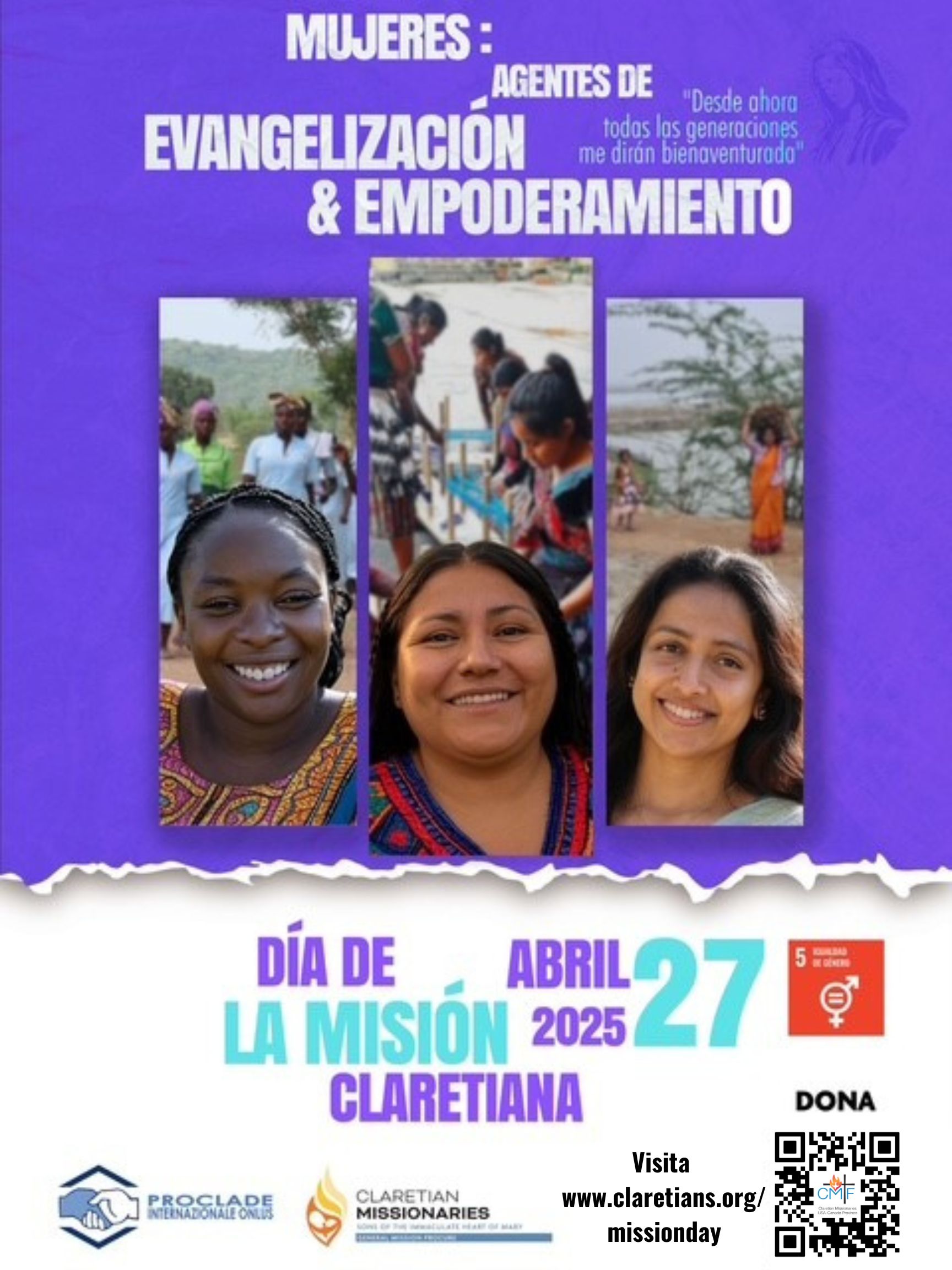This Christmas I vowed not to buy a pile of cheap toys for my kids, partly out of recession-inspired frugality, mostly out of toy fatigue. I have grown weary of buying poorly made plastic contraptions that make up in volume what they lack in substance and which are typically broken within 8.7 minutes of their unwrapping. We are frequently reminded that one of the great benefits of late capitalism and global free markets is the rapid reduction in retail price tags that can result. And it's true that at the Wal-Marts and Targets of the world, toys are indeed less costly. It's been my experience, however, that these less expensive products are indeed cheap; poorly made, easily trashed and frequently used once, twice or at most a handful of times before they end up in the forgotten toy bin, a short step away from that great toybox in the sky.
Now I have another reason to look askance at cheap toy gifts for children. Most of these goods are made in China these days, even toys from once dependable U.S. brands are for the most part manufactured far across the Pacific. A joint study by Greenpeace and IPEN (The International POPs–persistent organic pollutants–Elimination Network) finds that one in three toys sold on the Chinese market contains heavy metals, and one in 10 excessive levels of lead.
These include dolls, balls, pencil boxes, toy cars and backpacks, among many other toys. Apparenly five toxic heavy metals were identified in addition to lead. According to the U.S. Center for Disease Control and Prevention there is no safe threshold for lead exposure, and children should have no exposure to the substance.
The Greenpeace-IPEN study measured toxic metals in 500 children's products purchased in five Chinese cities: Beijing, Guangzhou, Hong Kong, Shanghai, and Wuhan. According to Greenpeace, the products came from shopping trips to more than 40 retailers including shopping malls, street markets, and chain stores. Researchers purchased a wide variety of products, ranging from school supplies to clothing to popular products for young children. Greenpeace reports: "Some were plastic, some were made of wood, and others included metal parts and jewelry. As far as we know this was the first publically available large-scale investigation of toxic metals in children's products in China."
To measure the metals, investigators used a portable X-ray fluorescence analyzer (XRF), testing for six toxic metals: antimony, arsenic, cadmium, chromium, lead, and mercury. All six metals are well-known to cause serious harms to human health, especially in children.
"The results showed that one-third of tested products contained at least one toxic metal at levels of concern. Forty-eight samples (9.6 percent of the products) contained more than one toxic metal, increasing the possibility of harm. None of the tainted products contained warning labels to inform consumers about their toxic ingredients. The toys that tested positive for heavy metals, including lead, were found in every category of product, no matter whether it was branded or non-branded, cheap or expensive. In short, no matter who or where you buy your toy from in China, there is a possibility that a toxic metal is present."
Britain's Daily Telegraph reports that most of the toys tested are available only in China, "but some belong to brands that are sold overseas. Two toy cars made by Mattel, under its Speed Machines and Hot Wheels brands, were found to contain arsenic, although it was not clear if they were made by the same factories that produce toys for Western markets. Mattel did not comment."
Now should you be worried about toys produced in China but sold in the China market? Depends on whether or not you believe Chinese manufacturers first maintain higher standards for toys sold to U.S. and European markets and second are scrupulous about separating those products from the manufacturing stream. Apparently only Santa can say for sure.
You may not want to take the risk. Perhaps reducing your Christmas tree booty to just a few quality gifts (that have been thoroughly vetted!) this year could be accompanied by encouraging your kids to select a charity themselves to benefit from a small diversion from their toy budget. That may prevent your kids' toybox from mutating into a mirco superfund site and create an opportuntiy to talk about some of the spiritual, economic and environmentlal benefits of a less is more lifestyle. Myself, I'll just be happy to have a few less doo-dads and -hickeys to trip over this Christmas.
For more on alternatives:
Bring Fair Trade and Alternative Shopping Home for the Holidays








